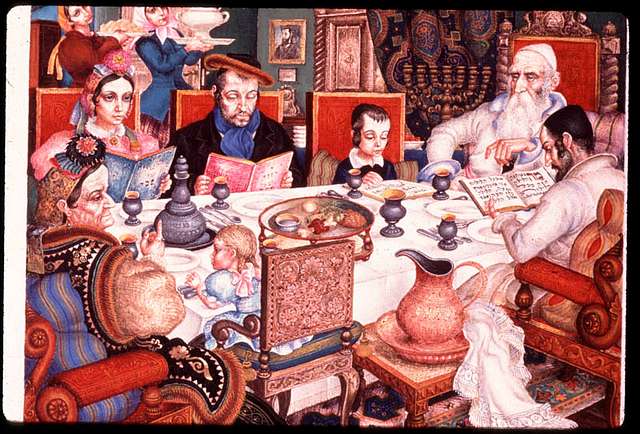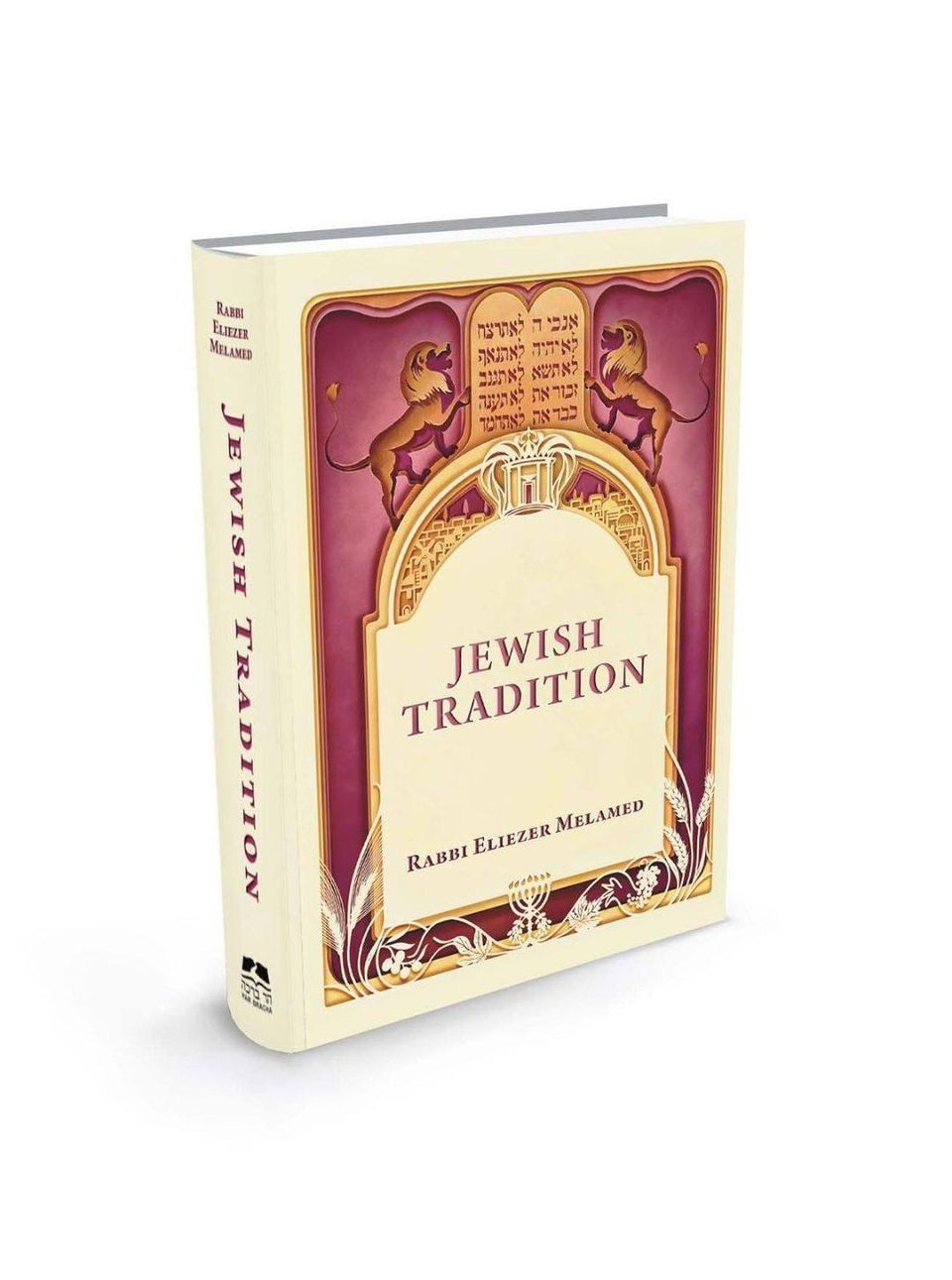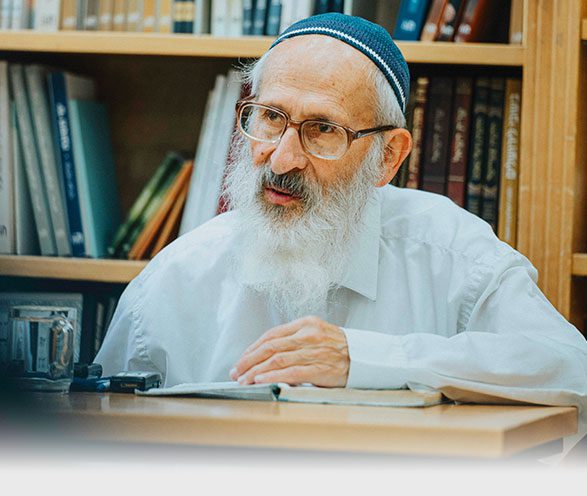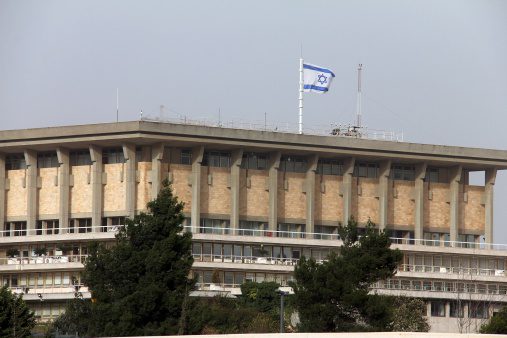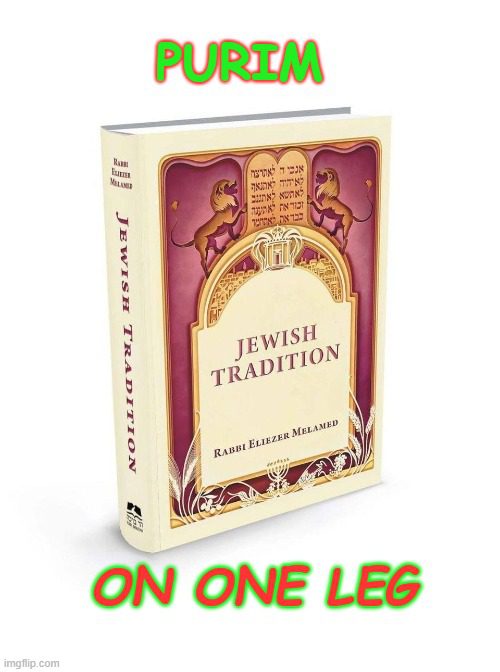Return to the Cherished Land
by Tzvi Fishman
On a brisk February day in 1978, on the holiday of Tu B’Shvat, on a stark Biblical hillside under a blowing Israeli flag, HaRav Tzvi Yehuda HaKohen Kook, the 87 year-old head of the Mercaz HaRav Yeshiva, stood up to address the crowd of students and lovers of Eretz Yisrael who had driven out to the Shomron to the site of the First Capital of Israel, home of the Mishkan for 369 years, for the dedication of the new yishuv of Shilo, little more than a handful of tents, caravans, and a generator. He was flanked by former students, now Rabbis on their own, Rabbis Moshe Levinger, Dov Lior, Eliezer Waldman, Yehuda Hazani, and Hanan Porat, who had led the movement to resettle Gush Etzion and Hevron. Earlier in the day, with the collar of his black overcoat turned up against the cold, the Rabbi, the only son of HaRav Avraham Yitzhak HaKohen Kook, had planted a sapling to inaugurate the reborn yishuv.
“To HaRav Tzvi Yehuda, planting a tree in the Land of Israel was far more than a symbolic act of settling the Land, but rather an exalted cleaving to Hashem,” explains HaRav Lior. “Every year in the yeshiva on Tu B’Shvat, he would remind us of the Midrash which explains the Torah’s command to follow after Hashem and cleave to Him (Devarim, 13:5). Rabbi Yehuda Ben Rabbi Simon asks how is it possible to cleave to Hashem who is likened to an all-consuming fire? The answer is that from the beginning of Creation, Hashem busied Himself with planting, as the Torah relates: ‘And the L-rd G-d planted a garden eastward in Eden.’ Therefore, when you enter Eretz Yisrael, first busy yourselves with planting, as it says: ‘And when you will enter the Land, and shall have planted all manner of trees for food…’ (Vayikra, 19:23). Thus we learn that planting a sapling in Eretz Yisrael is an exalted act of cleaving to Hashem.” (See Vayikra Rabbah, 25).
The dedication ceremony came after years of political intrigue. Four years earlier, in 1974, the Gush Emunim Settlement Movement, without government sanction, but with the approval of HaRav Tzvi Yehuda, sent 200 would-be settlers to the site, only to be evacuated by the army. Three more times, the yeshiva students and Eretz Yisrael activists attempted to begin an “illegal” garin (seed group) by the ancient Tel Shilo, and each time the government ordered the army to send them packing. In 1975, an Israeli Labor government allowed the determined settlers to move into abandoned barracks in the Ofra army camp ten kilometers down the road. If you diligently search the Internet, you can discover a photograph of Defense Minister, Shimon Peres, planting a sapling in Ofra along with the settlers. In January of 1978, under the pretense of undertaking an archeology dig, settlers returned to Tel Shilo, once again without the government’s permission, but with the encouragement of Minister of Agriculture Ariel Sharon. Eight families and 40 students took up residence on the site. The action aroused the displeasure of America, which maintained that the provocative step interfered with the ongoing peace negotiations between Egypt and Israel. President Carter claimed the action of the settlers violated international law. Israeli Prime Minister Begin assured Carter that it was merely an archeological excavation in search of the ancient Tabernacle’s location. A month later, on Tu B’Shvat, with the arrival of HaRav Tzvi Yehuda, and the backing of the Begin government, the settlement of Shilo became a fait-accompli.
Era Rappaport, Shilo’s first mayor, recalls: “From a barren hillside, Shilo has grown into a thriving community, stretching from the Shilo Valley to the top of the mountain and surrounding hillsides. From fighting the Government of Israel for the right to live here, the government is about to declare Israeli sovereignty over the area. From being a thorn in the eyes of America, the White House has now given us its blessing. In the beginning, when our initial attempts to settle the site failed, people told us that we were crazy, that it would never be, and that we should give up the struggle. But, Baruch Hashem, we are still in Shilo, with schools, a yeshiva, a public swimming pool with separate hours, and we don’t have enough available housing to absorb all of the people who want to live here.”
Likud Knesset Member, Geula Cohen, who recently passed away at the age of 94, also spoke at the dedication ceremony, and her words ring prophetically true still today:
“The endeavors of those who lack roots in this Land cannot, and will not, bear fruit, but only thorns. Because of this, no foreign conqueror was able to make the desolate land produce its fruits for 2000 years, because they didn’t have roots here. The Arabs who live in Judea and Samaria are foreigners in our Land, and thus their presence here bears no fruit – only thistles and thorns. We call upon the Prime Minister to join us here, on this ancient Jewish hillside, to proclaim, from here, that there will be no further negotiations regarding plans to take away our Land, but rather increased Jewish settlement, far and wide, over all Eretz Yisrael.”
HaRav Lior relates what HaRav Tzvi Yehuda said about giving up parts of the Land of Israel for peace.
“Toward the end of his life, the details of the Begin-Sadat peace agreement were being negotiated. HaRav Tzvi Yehuda stood up against the relinquishing of the Sinai, Yamit, and the original Atzmona to Egypt with all of his strength. He said that any government decision, whether on the part of Israel or any other nation, to surrender pieces of Eretz Yisrael to foreign rule were null and void, like the dust of the earth, like a shaliach who alters his mission. He urged his students to tenaciously protest against what he called the treacherous withdrawal from Sinai. He wrote: ‘In line with the holy words of my Father and teacher, HaRav, of blessed memory, regarding the ‘illegal’ Jewish immigration to Israel in the days of the British rule in the Land – my Father said that it was not the Aliyah to Israel that was illegal; rather the prevention of Aliyah was the absolutely illegal act. So too today, it is not the settlement of Israel which is illegal – its prevention is illegal, for we are commanded to conquer and settle the full breath and width of the Land.’”
On that first windy Tu B’Shvat in Shilo, the speakers that had been set up on the hillside crackled when HaRav Tzvi Yehuda recited the Shechyanu Blessing. The large crowd shouted “Amen!”
“We have reached the place of our rest,” he told the gathering. “As the Gemara says, the resting place is Shilo, the inheritance is Jerusalem. Out of the death throes and sufferings of the Exile, the Valley of Dry Bones, where the polluted cultures of the Gentiles surround us, leading vast numbers away from our heritage, and confusing the minds even of the teachers and learners of Torah, we arrive here, gradually, gradually, to the place we belong, to the Land of our life, to the life of the Nation. The present is a part of our glorious past on the hillsides of Shilo and a light to our glorious future throughout the ancient borders of our Land.”
HaRav Yehuda Hazani, of blessed memory, recorded the speech. In his book, “Etz Yehuda,” he explains a teaching that HaRav Tzvi Yehuda was wont to relate every Tu B’Shvat. In the time of the Talmud, the question arose, which fruit should be eaten first when a table of different fruits is set before a person? The answer is derived from a verse in the Torah that numerates the seven special fruits of the Land of Israel: “A Land (Eretz) of wheat, and barley, and grape vines, and fig trees, and pomegranates; a Land of olive oil and date honey,” (Devarim, 8:8). The Talmud asks – if you have pomegranates and dates before you, which do you eat first? You might think that a pomegranate should be eaten first since it appears in the verse before dates. But, in fact, the date should be eaten first because it is closer to the word “Eretz” in the second half of the verse. Even though this is the second time the word “Eretz” appears in the verse, dates are only two spots away from it, while pomegranates are five places away from the first mention of “Eretz.” Thus, we learn that something that is closer to the Land of Israel has preference (Berachot 41). Using this lesson of Talmud as his base, HaRav Tzvi Yehuda said that his father, HaRav Kook, wrote that someone who is closer to Eretz Yisrael and exerts himself more in its building and development, he is first in blessing and closest to perfection.
“From the Tabernacle of Shilo,” HaRav Tzvi Yehuda continued, ‘The tent where He made His dwelling among men,’ Hashem will bless His People with peace, true peace, peace on Israel, on the restored settlement here in Shilo, and on all of our increasing settlements and areas of possession and rightful inheritance, throughout the full borders of our Land, the Land of our national life. May we be blessed to see the arrival of many more millions of our brothers, captives in Exile, and the millions of Jews in Russia. We return to Shilo, to our place of rest; we return to our Inheritance, the inheritance of the Jewish People, and we return to the One who restores His Divine Presence to Zion, in our days, soon!”


